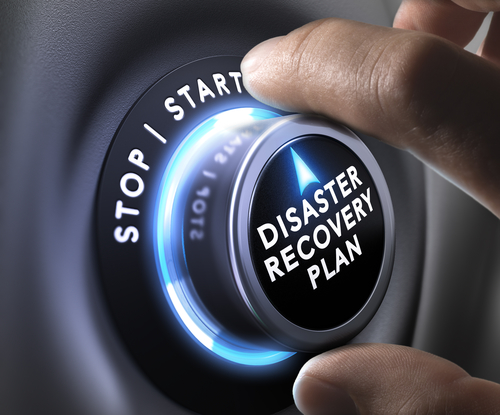Storm. Fire. Flood. Even if you have a disaster recovery plan in place, when it comes to natural or human-made calamities, the most meticulous planners can still be caught off guard. If you’re running a business, you need to resume normal operations as soon as possible even after any type of catastrophe.
Here are five tips to help your business speed up its recovery after going through a disaster,
Ensure the Safety of Everyone in the Building
As a business owner or property manager, one of your primary concerns should always include the safety and security of your employees and customers. After experiencing any event that puts people’s lives at risk, ensure that everyone in and around the premises is safe. Depending on the situation, you may need to move people to a safe part in your building for shelter or evacuate them to another nearby location. You will also need to get an accurate headcount of all employees and visitors of your establishment as soon as you’re in safety; this way you can notify the emergency personnel about any individual who may be missing when the event transpired.
Get in Touch with Your Insurance Provider
Initiate a conversation with your insurance carrier as soon as you can so you can file a claim. This step is essential in ensuring that your claim is paid timely and accurately. If there is a delay in filing, your settlement may be decreased or even rejected. If insurance companies presume that your claim is incomplete or delayed. They can submit a Reservation of Rights series of letters, and your filing may be denied due to the likelihood of a compromised investigation.
To strengthen the validity of your claim and to prevent questions, communicate your loss to your insurance provider as soon as possible, with as much information as you can offer, including but not limited to:
- What items were damaged?
- What is the suspected cause of the damage?
- When and where did the event take place?
- How did/do you plan to secure the area?
Explaining to your insurance provider how you secured the area is associated with coming up a plan to prevent charges for more preventable losses that could take place as a result of a subsequent calamity. For example, if there are severe water leaks following a massive storm several days after winds ripped off a section of your roof, the insurance provider would most likely only cover the wind damage fees. Thus, it’s essential to be familiar with your additional ongoing risks and to take immediate action.
Call a Restoration Company
The longer your business operations are compromised, the less probable it will be able to recover from the disaster. This is why it’s crucial to find a trusted emergency restoration company. A reliable group should have proven capability to help businesses quickly recover from calamities. Focus on the following points when talking to your restoration company.
Safety Record – this is a record of the provider’s culture, as well as their efficiency.
Trusted References– no matter how urgent the situation is, try to dedicate some time to check the references of a disaster recovery company. Their representative will be an essential asset when determining your insurance claim. Thus it’s important to know that you can trust them.
Experience Level – more experience means more types of recovery processes your contractor has been involved in; this factor is a significant advantage when it comes to helping you solve your situation.
Notify Your Partners and Customers
Once you have the restoration process in place, you must ensure that your brand reputation is protected. Your customers and supply chain partners should be alerted so they can plan for whatever delay in operations that could happen.
Inform your business partners about the disaster you have experienced. Give them an accurate timeline and disclose how the accident might impact the business operations. If you are able, offer temporary solutions to keep some aspects of your business operating as normal whenever it’s an option. As for the customers, let them know that you have experienced a calamity and that you already have a disaster recovery plan in place. Inform them that you are working on mending the issue and resuming regular operations as soon as possible. Prepare to address common customer concerns, and let them know details about the recovery that are relevant to them. These details include your hours of operation, availability of certain products and services, etc.

Hello! I’m Tom Redding in Phoenix, AZ and I’m a Storm Damage Restoration Specialist. I originally bought this domain to discuss vegan recipes and vegan lifestyle related tips. However, my restoration business has taken off so well of late that it makes more sense to mainly blog about storm damage restoration related topics. Never fear, though – this will be done with the occasional vegan twist! My wife Susie and I have 4 beautiful kids, 2 dogs and (as of this week) 3 cats.


